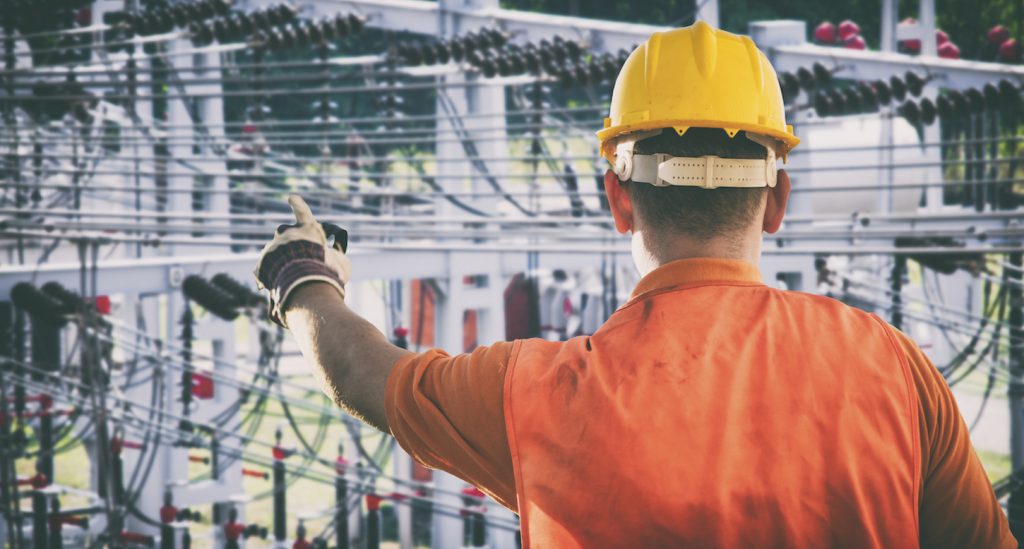How Electricity Gets To You
According to R. John Minor, Electric Utility Basics “Electricity is a versatile form of energy which can be produced from a number of natural resources such as fossil fuels, nuclear fission, chemical reactions, flowing water, wind and sunlight. Electricity can be safely transported from place to place over an interconnected network of electric power lines.”
The process of creating and delivering electricity at the J.B. Sims Generating Station begins with the delivery of coal, which is unloaded at the BLP’s receiving dock beside the plant. The coal is transported via a series of conveyer belts and hoppers into bunkers inside the top of the plant. After being held in the Bunker, the coal drops through feeders into three pulverizers. Within each pulverizer, thirteen 400-pound balls are spun at high speeds on huge steel rings to grind the coal rocks into a very fine dust. Heated “primary air” then pushes the coal dust from the pulverizers to the furnace. The furnace is preheated to approximately 3000 degrees Fahrenheit for immediate incineration as the coal dust enters. The burning coal heats tubes on the walls of the furnace, which are filled with super-hot condensate water. This water becomes the steam which ultimately produces electricity to power our community.
The steam travels through the boilers super heaters and is forced through a series of pipelines at pressures of 1450 PSI and temperatures of as much as 1000 degrees Fahrenheit. The Steam rushing through the turbine blades causes them to rotate. The turbine, which is directly connected to the generator, spins a magnetized rotor, creating a magnetic field that induces electricity through the stator windings and produces a three phase 60-cycle alternating current at 13,200 volts.
After leaving the generator, the voltage of the electric power passes through a step-up transformer, which is an electromagnetic device that increases (or steps-up) the voltage of electricity as it leaves the power plant, and enters the transmission system to be transported to substations. The step- up process allows more electric power to be transported through smaller wires. The BLP’s transmission line voltage is 69 kV. When the electric power arrives at the substation, the voltage passes through a step-down transformer, which decreases the voltage of electricity as it leaves the transmission system and enters the distribution system so it may be delivered to customers. The BLP’s distribution voltage is 13.2 kV.
At the customer’s location, another transformer is used to step the voltage down to 240V/120V for residential customers and to allow for even tighter clearances and easier handling. Voltage levels for commercial and most industrial customers range from 208V to 480V, with some large industrial customers taking delivery at the distribution voltage of 13.2 kV.
